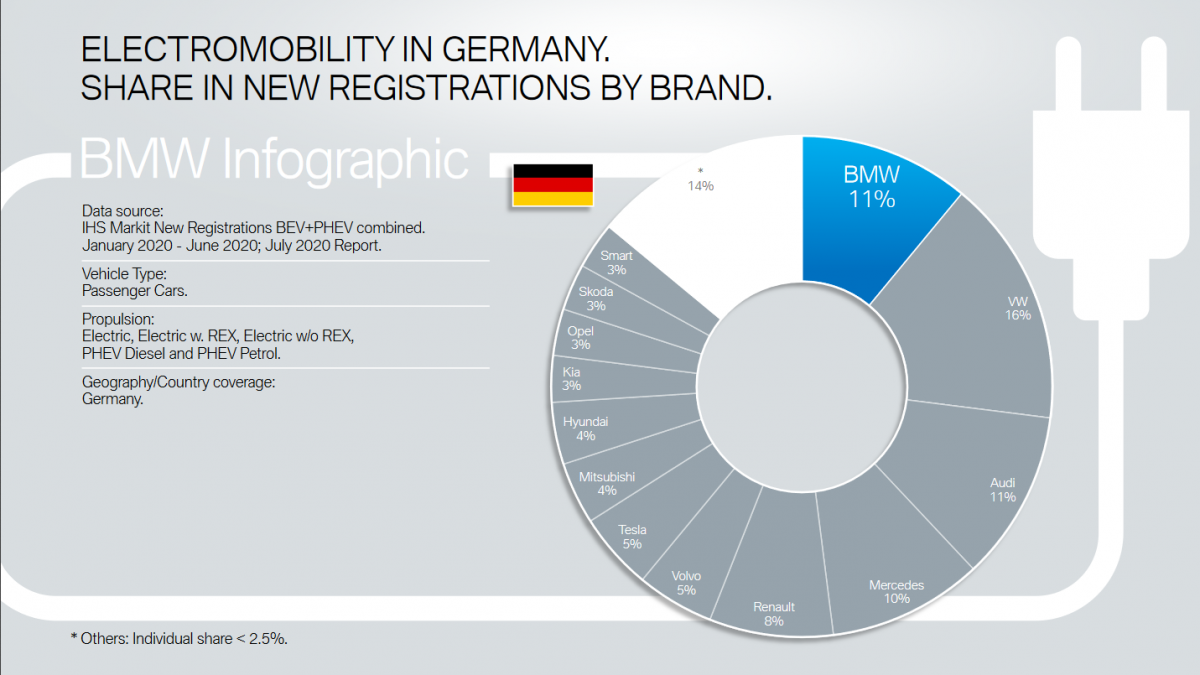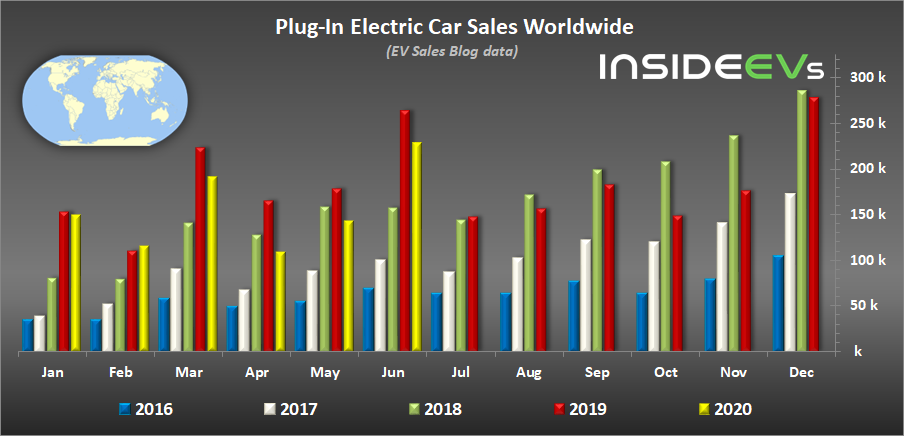Electric vehicle charging network ChargePoint raised $127 million in funding in a bid to expand its platform for businesses and fleets in North America and Europe. A mix of existing investors from the oil and gas, utilities and venture industries added to the round, including American Electric Power, Chevron Technology Ventures, Clearvision and Quantum Energy Partners.… Continue reading ChargePoint raises $127M as electric vehicle adoption grows among fleet operators
Tag: Volvo
Stoneacre Motor Group acquires Hodgson Newcastle Ltd car dealership group
Stoneacre Motor Group has continued to drive past its former £1 billion turnover growth target with the acquisition of the Hodgson Newcastle Ltd car dealership group. The AM100 retail group told AM that the acquisition had been postponed following the outbreak of COVID-19 coronavirus but was completed last week under the deal’s initial terms. “A… Continue reading Stoneacre Motor Group acquires Hodgson Newcastle Ltd car dealership group
@Geely-Volvo: Volvo Car Group exceeds 600,000 vehicles sold on the CMA platform
Go to Source
@Geely-Volvo: Volvo Cars reports 14.2 per cent global sales growth in July
Go to Source
Car subscriptions: now driving’s just like Airbnb
Don’t dare call Lynk & Co just another car brand, they’re set to transform driving from mere transport to experience. And they’re using data to do it. “We think of ourselves as a company that creates great experiences around mobility. That is our mission…we’re not a car brand… it’s about mobility and it’s about experience.”… Continue reading Car subscriptions: now driving’s just like Airbnb
BMW Group’s Position In The Plug-In EV Market: June 2020
BMW Group (BMW and MINI brands), as in previous months, released an interesting set of global electromobility sales charts to show its market position within competition. The plug-in car registration data (BEV/PHEV) for the first half of 2020 comes from IHS Markit and concerns only passenger cars. * As usual, the purpose of the presentation… Continue reading BMW Group’s Position In The Plug-In EV Market: June 2020
My Life in Cars: Guz Khan
Some of my earliest memories are of brand-new leather seats in a BMW 7 Series. I was in the front seat of my uncle’s E32 back when no one cared about car seats or child safety. I must have been five or six years old. That’s one of my earliest memories of really loving cars.… Continue reading My Life in Cars: Guz Khan
Global Plug-In Electric Car Sales June 2020: Model 3 Leads, Model Y In 14th
In June 2020 close to 230,000 new plug-in electric cars were sold globally, which on one hand is 22% less than a year ago, although on the other hand, it was one of the best results ever. The result is clearly hampered by China, while Europe pushes forward at an outstanding pace. Because the overall… Continue reading Global Plug-In Electric Car Sales June 2020: Model 3 Leads, Model Y In 14th
Volvo and Lidar-maker Luminar to Deliver Hands-free Driving by 2022
Original Article
Press Releases – COVID: Stakes are high for European automotive recovery, new facts and figures show
Brussels, 30 July 2020 – The European Automobile Manufacturers’ Association (ACEA) has published its annual Pocket Guide that provides an overview of the EU auto industry, including the latest sector-specific data on employment, vehicle production and sales, road safety, R&D, the environment and trade flows. New data in this flagship publication confirm that the automobile… Continue reading Press Releases – COVID: Stakes are high for European automotive recovery, new facts and figures show


